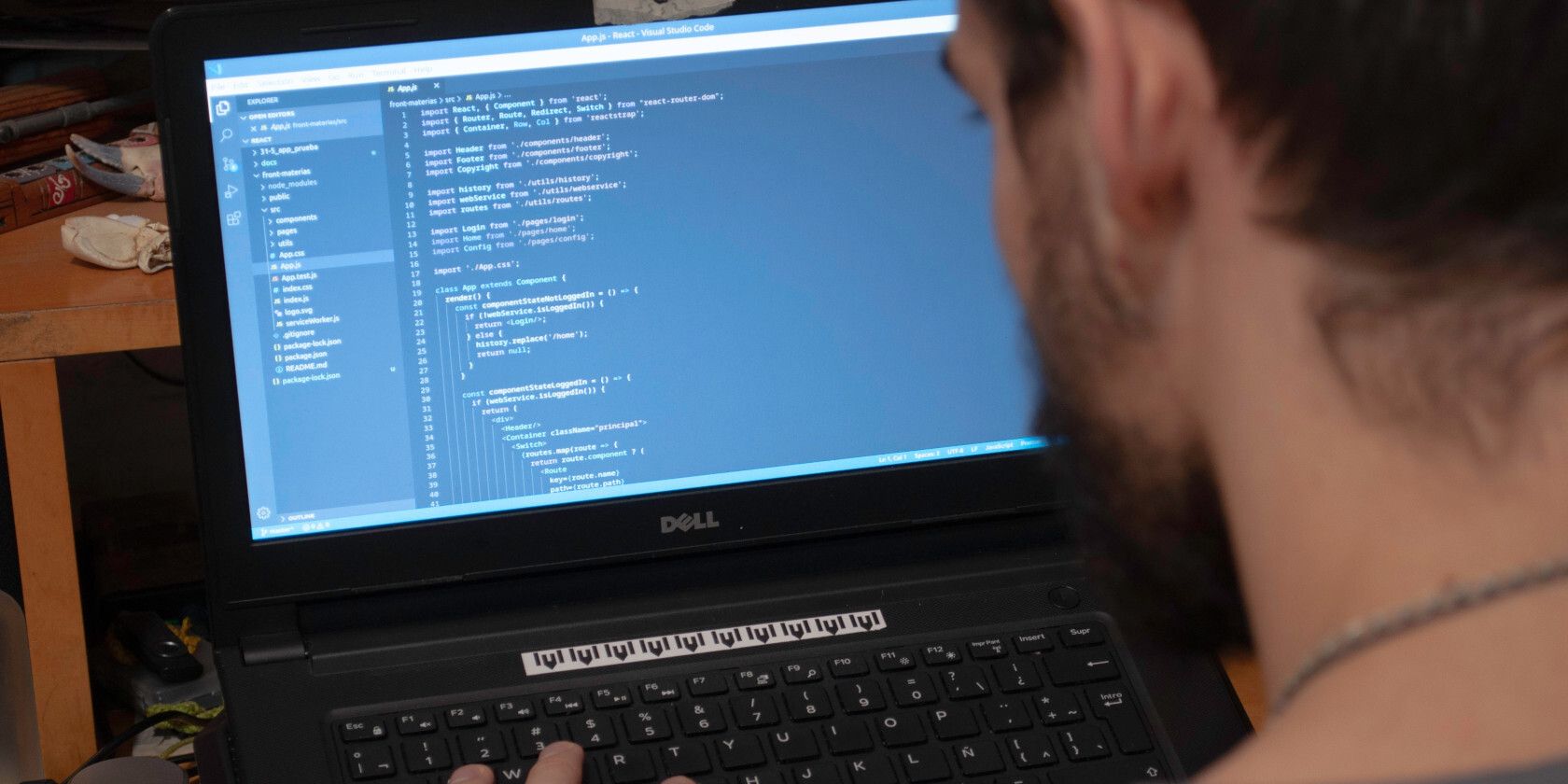Thirteen years after the launch of the Bitcoin blockchain, the cryptocurrency world sees innovations on an almost daily basis. While plenty of work gets done on the blockchains themselves, lots of developers now work on applications that work on top of the blockchains. These applications stand out in both their function and their nature.
These applications, known as DApps, are integral to the world of crypto. But, what is a DApp, and how does it work?
What Is a DApp?
DApps are decentralized apps. They function like standard web applications, but a DApp's foundation is different. While most applications come from companies or other centralized sources, DApps come from a peer-to-peer network or group effort.
Right now, most DApps are built on blockchain networks. These networks give the folks that want to develop a DApp a guaranteed foundation that favors decentralization. Most blockchains have governance methods that keep themselves decentralized, so building a dApp on blockchain networks makes sense for these folks.
Like the underpinnings of their blockchain networks, many DApps strive to keep their decentralized nature in focus. To do that, many DApp developers focus on keeping their applications open-sourced, secured, and useful.
To stay open-sourced, many DApps have a public record of the code and transactions on the application. Since most DApps sit on top of a blockchain, you can always check the blockchain's ledger to see what transactions happen inside of the DApp. Plus, many DApps keep a GitHub of their application's code so that users can go into the guts of the application to make sure everything looks good.
For a while now, DApps worked best when under the network effect. Basically, a network effect is when something is more secure when more folks use or participate in the network. The more folks use a DApp, the more people become interested in securing the DApp and checking out or improving the code.
Really, a DApp is just an application built so that more than one authority or central figure can work on and improve the project.
DApps vs. Web Apps
As a design framework, DApps haven't been around for very long. Ethereum was the first blockchain developed specifically for things like DApps, meaning it hasn't even been a decade since the concept came out. So, it's taken some time for developers to figure out whether a web app or DApp design is better for their services.
Advantages of DApps Over Web Apps
There are benefits to building a decentralized application over a centralized one. If there wasn't a good reason to do it, there wouldn't be so many folks trying to innovate in that design space.
The main reason to build a DApp is that they are hard to shut down. Decentralized applications run on networks that aren't owned entirely by one person or group. When you spread that hosting capability out across the Internet, you potentially create connection points across the globe. Something that spread out is hard to take offline.
Plus, when you spread something across the globe like that, you open up the time frame that something can run at all hours of the day. Applications that tie back to other apps or services that don't run 24/7 essentially don't work outside operational hours.
You can go onto your bank's web application or mobile app and put in a request to transfer money, but the request might not get filled until the next weekday. Something more decentralized works as long as someone out there is hosting the network.
Finally, many DApps tie into a blockchain ecosystem. These systems are open-source and have active communities developing the blockchain network. Tying an application to these ecosystems makes that application open to anyone with a wallet on that chain, no matter what hardware they have or the operating system they use.
Disadvantages of DApps Over Web Apps
Despite the breakthroughs in recent years, DApps aren't perfect. They have some exploits and downsides that mean a traditional web application design is better.
For example, most DApps rely on smart contracts or bits of code that execute when conditions are met. These contracts can be hacked and exploited, resulting in some serious damage if no one catches the issue on the public ledger or code repository.
Plus, DApps almost resemble the early computer and internet era right now. Nothing is integrated or packaged into a nice UI, meaning a user has to have some technical knowledge to set up a DApp. Some services make this easier, but it still isn't intuitive for most users.
Finally, the users can be a downside for a DApp. Just as DApps can run at any time as long as users are online, the DApp will slow down or stop working if no one hosts the application. A DApp can have a hard time getting started if users don't use or want the application when it first launches, preventing early adopters from having a good user experience.
The Future of DApps
Right now, most DApps occupy the financial space. With the common belief in blockchain and cryptocurrency communities being that crypto is an alternative to traditional money, most developers make DApps that create financial service utility.
As time goes on, new functions might be developed. For example, non-fungible tokens (NFTs) have become popular for their ability to help artists fund their work, but could hold promise for automating other aspects of life like validating documents.
The biggest issue DApps will face in the future is how blockchains handle their scaling. Many blockchains start to slow down or become expensive once a critical mass of users joins the ecosystem, jamming up blocks with more and more transactions. DApps built on blockchains that can't keep up with their userbase numbers will see their popularity and satisfaction decrease as users leave the ecosystem for others who have solved those problems.
DApps Help Bring Functionality to Blockchains
Overall, DApps bring functionality to the blockchain they exist on. While anyone can initiate transactions between two wallets, smart contracts allow DApps to execute large numbers of transactions in a decentralized and effective way. In time, we'll see how well this new vector of delivering services to users pans out in ways other than just financial transactions.




